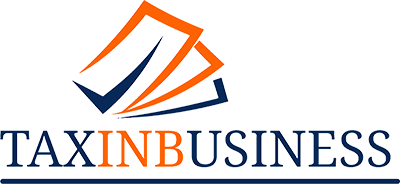The national e-invoicing system is a digital platform implemented by the government to streamline the invoicing process for companies and individuals across the country. It aims to replace traditional paper invoices with electronic versions. Under this system, invoices are generated, sent, received and processed electronically in a standardized format.
One of the key advantages of the national e-Invoice system is the ability for companies to eliminate manual data entry tasks. By automatically populating electronic invoices with relevant information, such as supplier data, item descriptions, quantities, prices and tax calculations, individuals no longer need to manually enter this information into their accounting systems. This not only saves time, but also reduces the number of human errors that can occur during data entry.
The National Register of e-Invoices is still a voluntary solution in 2023 (it has been so since its introduction on January 1, 2022). However, it should be remembered that already in 2024 it is planned to make the use of KSeF mandatory (for entrepreneurs – active VAT taxpayers). In turn, starting in January 2025, the obligation to use KSeF will also apply to companies run by taxpayers exempt from VAT.
It is important to remember that July 1, 2024 is the effective date of the mandatory KseF. However, this does not apply to all entrepreneurs. As of July 1, 2024, the use of KSeF will become necessary for active taxpayers, while for taxpayers who are exempt from VAT and subject to VAT, it will be January 1, 2025.
Who must use the National e-Invoicing System? According to the current legislation, entrepreneurs can, and in the future will have to, use the National e-Invoice System service:
- have been registered as active VAT taxpayers,
- are exempt from VAT (whether subject or object VAT exemption),
- are accounted for under the special EU OSS procedure.
Entrepreneurs can count on such KSeF benefits as:
- Reduction of the deadline for VAT refunds from 60 to 40 days,
- security of documentation – thanks to KSeF you do not have to worry about destruction or loss of files,
- no obligation to prepare a JPK_FA structure.
How are KSeF-compliant structured invoices issued?
Structured invoices that comply with the KSeF structure can be issued in two ways:
- the accounting program you use on a daily basis (as long as it is equipped with such functionality),
- the digital platform that has been made available to all entrepreneurs by the Ministry of Finance.
KSeF structured invoices are processed in .xml format.
The structure of KSeF files is published through an online system, that is, the Central Repository of Electronic Document Templates. They are available on the ePUAP electronic platform (ePUAP is the Electronic Platform for Public Administration Services).
Through the National e-Invoice System, it is possible to issue corrections. However, on the other hand, there is no provision – or at least, it has not been done so far – for functionality in the form of the possibility to make correction notes in the National e-Invoice System. The situation is similar when it comes to pro forms.
The general obligation to use KSeF is fast approaching. Therefore, it is worthwhile to start preparing now for the implementation of the National e-Invoice Register in your enterprise.





